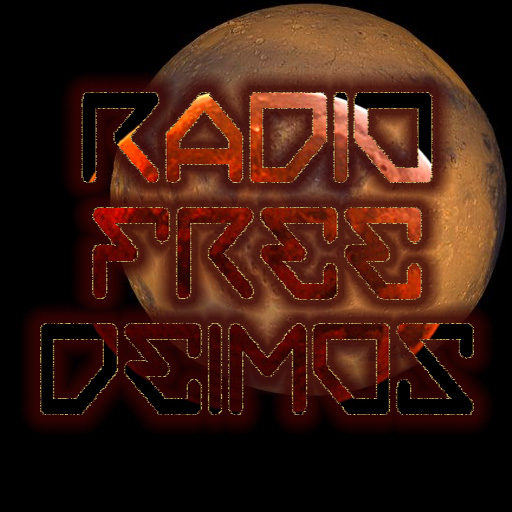Summary: Teams of three runners backed by technical support play across a obstacle-filled court to slam the ball into their opponent’s hoop. Platformer emphasizes both diversity of play and diversity of players.
Teams/Players Two teams of six each, three runners playing across the court, and three wizards working through augmented reality and limited force fields. While there are no formal positions in either group of players, runners are often identified with unofficial positions based on play style: spotter, tank, face, defense, block, speed, and others. ASR matches include two Game Masters, Pulse includes a single referee who takes on some of the game master duties.
Rules/Play: Ultimately a simple game: “get the ball in the hoop,” eight points wins. Specifics about the court size, layout, and obstacles are set by the game master, but typically court’s a narrow rectangle 150 meters long by 25 meters wide, with a few dozen standard obstacle layouts named after their designers and when they were officially logged (the popular “konaDanallii 685” is a broad circular platform with smaller discs spiralling out on each side, a large globe hovering overhead; “@Whamaranar!!(!) 620” is narrower with four pendulums swinging lengthwise across the field, hanging from four linked rings.)
The job of the runners is to cross the field from the far ends of the court, grab the ball from the middle, and run it to the opposing side’s hoop. Actually striking an opponent with fist, foot, or claw can cost a point, but body checking and slams are part of the game.
The wizards are off the court, usually stationed at the ends of the field, past an opaque wall. They can produce force fields, one or two each, of varying strengths and sizes, not larger or further apart than their hands can reach or outline. A single field can take the force of a normal vector at running speed, together two wizards can support or stop a typical Taur. While the wizards can virtually be anywhere on the field, they’re limited to the floor and whatever obstacles are designated as playable surfaces for them, typically excluding a three meter circle around each hoop. The wizards can see from any player’s perspective, or work closely with a holographic representation of a particular player.
History/Culture: ASR developed this game in the early 500s, spinning the game off of some new advances in force fields and levitation. During the system-wide depression following the loss of Luna Base and the Whisper attacks that followed, travel across Sol was heavily restricted, and Pulse was more willing than usual to collaborate on a game that emphasized both the virtual and the physical world. Platformer satisfies the core directives of both megacorps. The game’s strengths are in its diversity…tanks, micros, speedsters, acrobats, all have their place on the field–though flying is generally not allowed. Some teams have players that specialize in spotting for the wizards, others reserve someone for working the crowds. The runners get most of the spotlight, but the wizards can dance and block with the grace of a martial artist, and skilled game masters can add virtual elements to challenge runners and build on the energy and excitement of the game.
Variations: There are two main variants of Platformer. ASR Rules show the sport’s video game roots. The two Game Masters have more control over the environment, distributing power ups and bonus point awards and adjusting obstacles on the fly. ASR matches tend to be more colorful and allow for more audience participation, and the unofficial runner role of “face” is much more common as it’s often worth using a precious player slot to win crowd favor. The wizards are more off-stage, seated behind consoles, not so much part of the event. Pulse Rules require the wizards to physically manipulate their barriers, and even while they work behind the scenes, the best Pulse wizards operate with the grace and style of a martial artist or dancer. Pulse matches tend to have more stable platforms, with fewer random adjustments and traps…and substantially more injuries, as Pulse is lax on enforcing the “no striking” rule. It’s generally easier for Pulse teams to play by ASR rules than the other way around, so ASR’s generally seen as the primary controller of the game. Though the Pulse style of wizard play is much more popular for audiences, and the game may formally move the wizards out from behind their desks. The drama of two wizards in a stylized dance around a hologram of a charging ‘taur is compelling, compared to ASR’s “guy with a deck” model.
Game Masters with a Pulse background tend to drop more antagonists and less loot, even when they’re playing in an ASR match, with the more popular ones getting into character as their favorite pet monstrosities.
